Surgical Instrument Sets
High quality surgical instruments are vital for successful surgery. Having worked with a wide range of experienced surgeons Medical Aid International has developed bespoke, reusable instrument sets appropriate for the LMIC environment.
Key Highlights
CE marked, high quality European manufacturer
Sets can be tailored to individual needs
Optional sterilisation case with reusable filter
Optional engraving available
Compact, most are compatible with 40L pressure-cooker autoclave
Why Use Our Instrument Sets?
Our large range of fully customisable instrument sets are tailored to low resource environments, without compromising on quality, and are widely used across the UK health service.
Instrument sets play a key part in positive surgical outcomes. The importance of quality instruments lies in their ability to provide accurate and reliable results, reduce the risk of complications, and enhance the overall efficiency of medical procedures.
The use of high quality medical instruments is a direct investment in the wellbeing of patients, elevating the standard of care and ensuring a wide range of surgeries are possible.
General Instrument Set
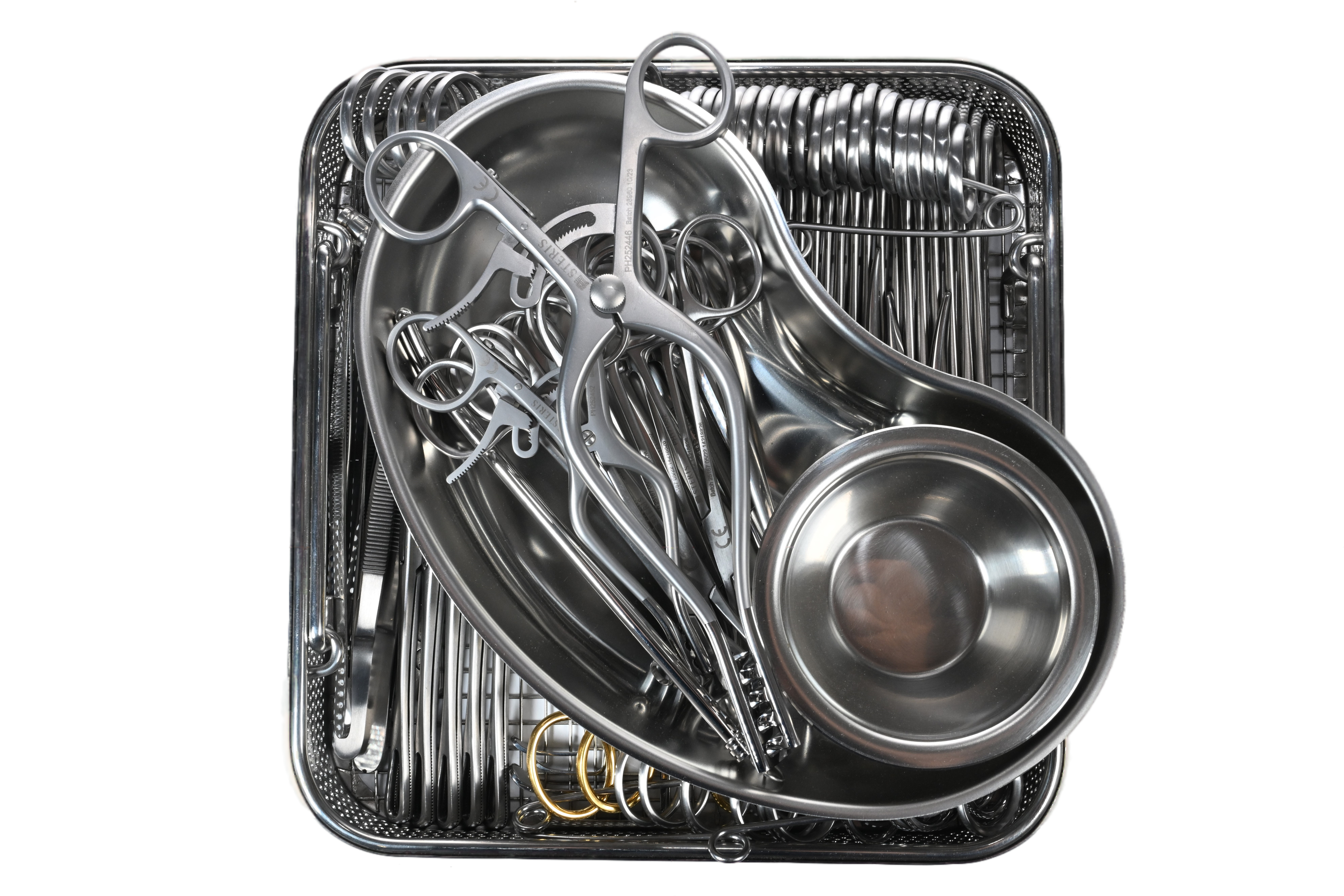
C-Section Instrument Set
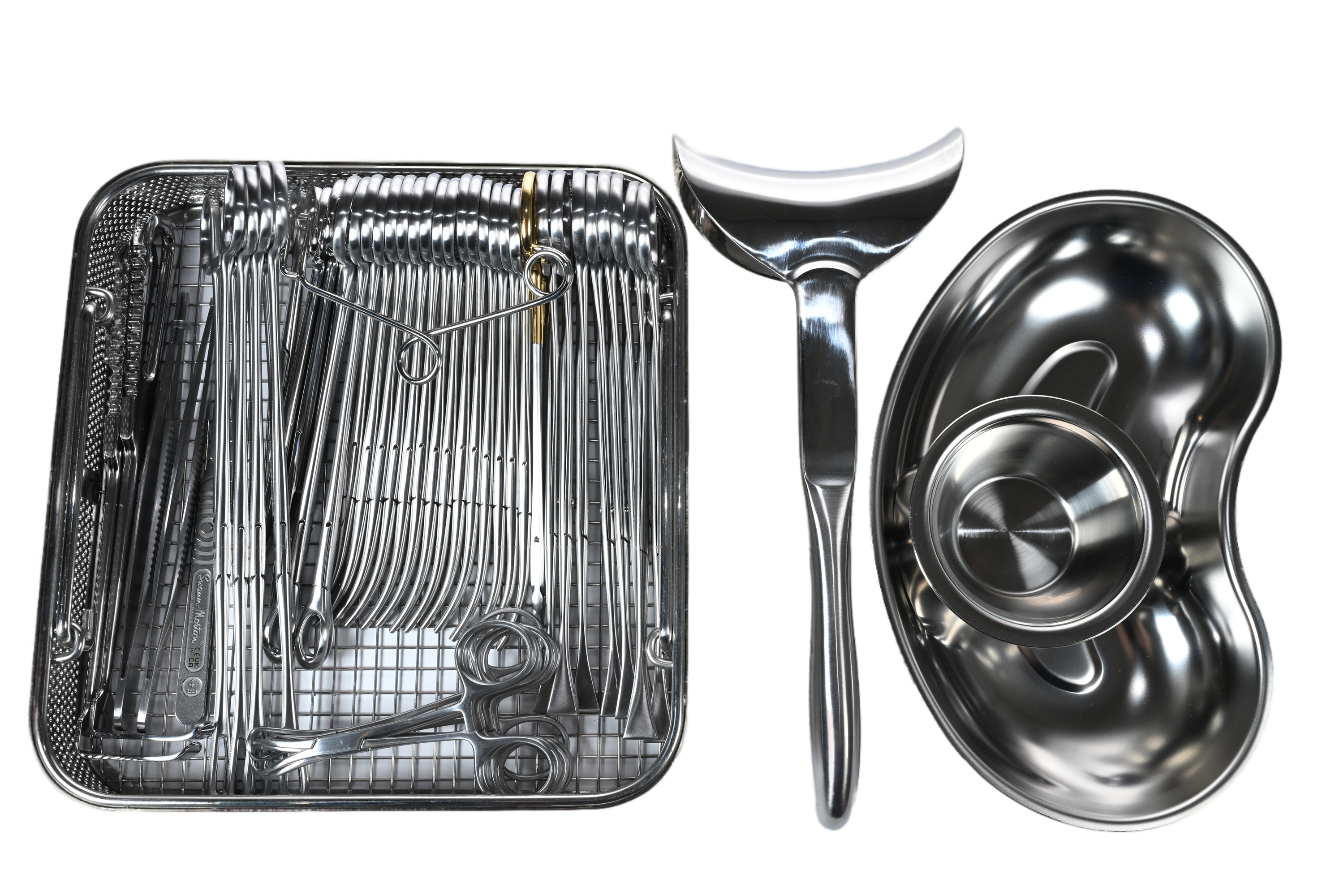
Debridement Instrument Set
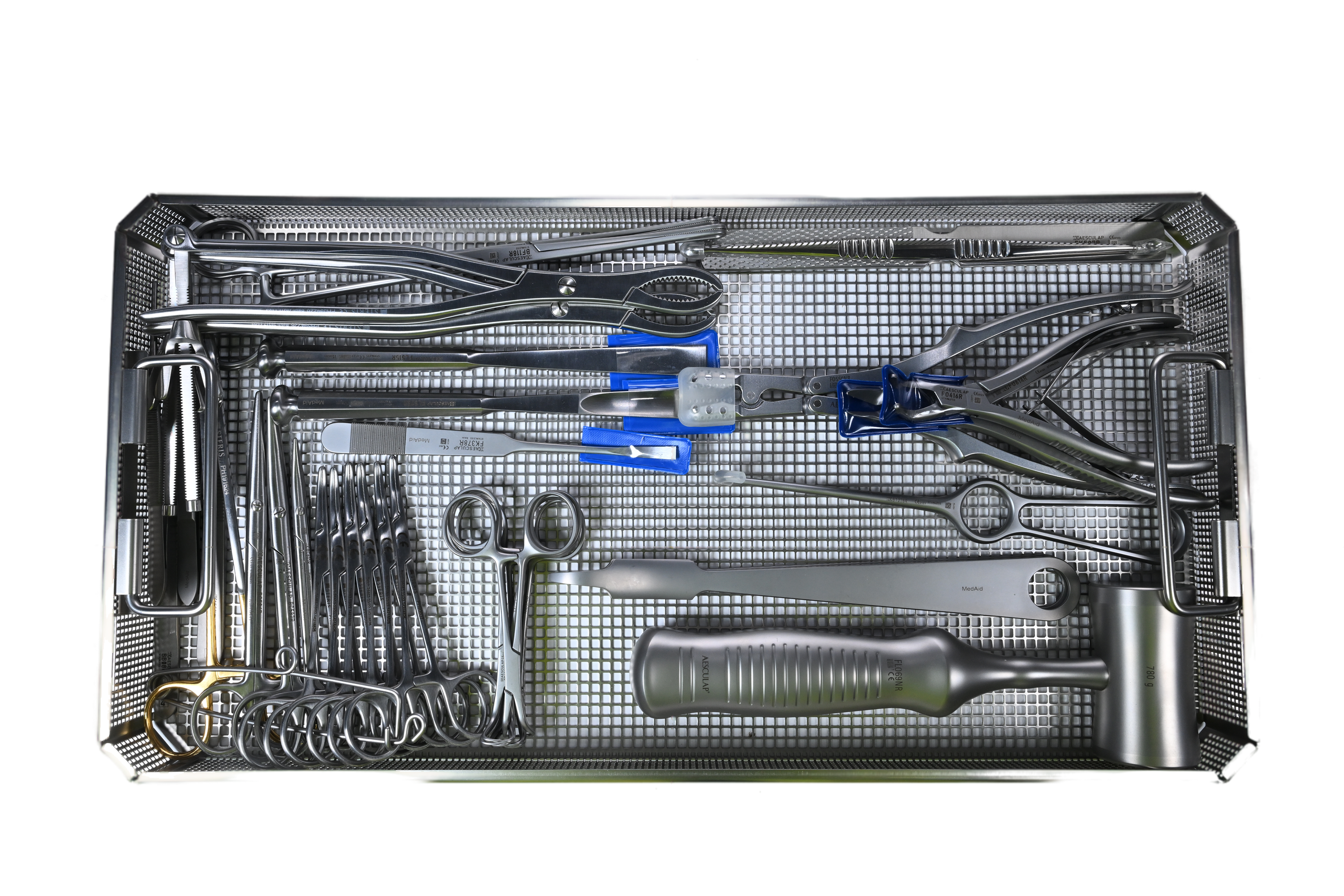
Delivery Instrument Set
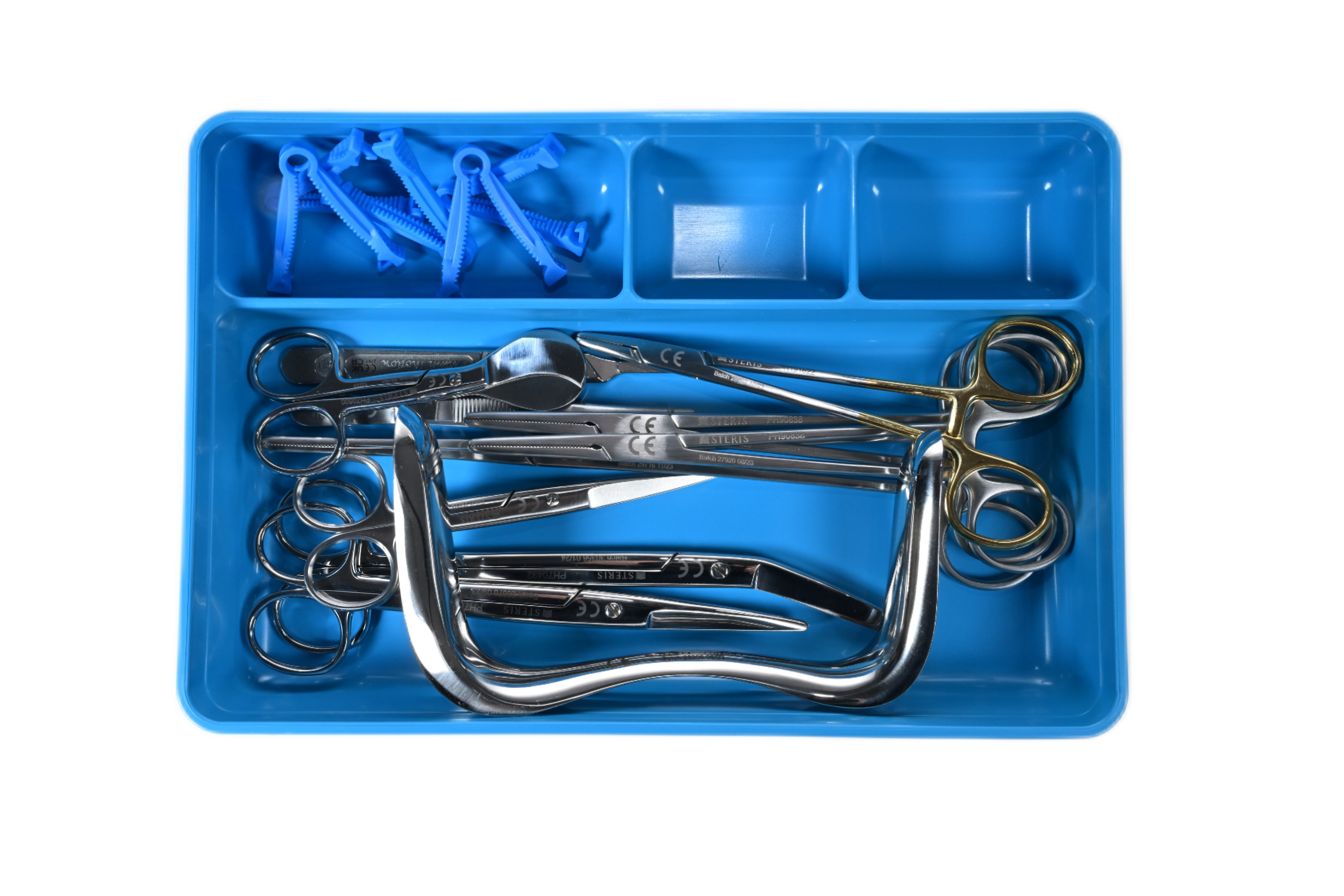
FIGO-MedAid Fistula Instrument Set
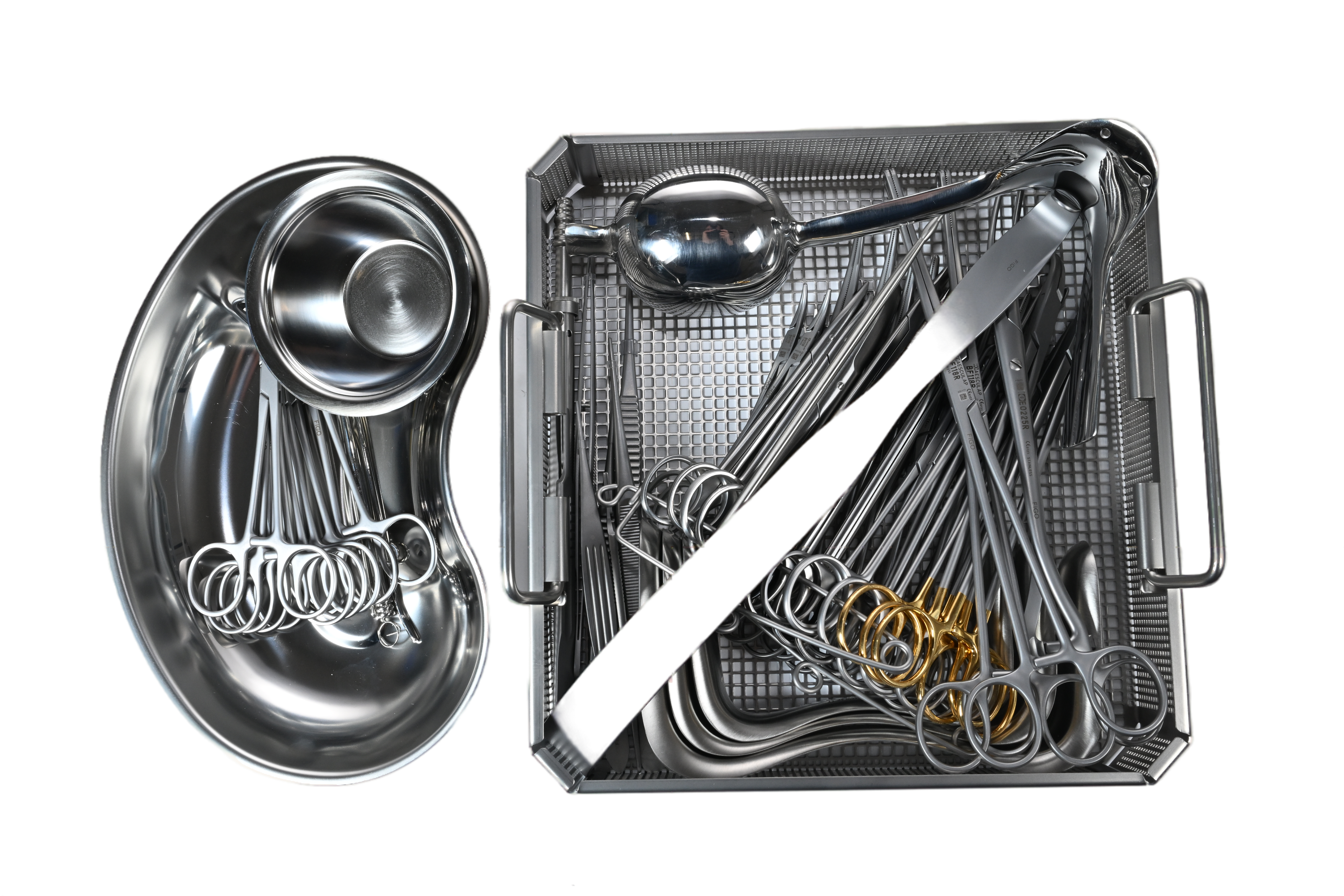
Cleft Instrument Set

Our Recommended Head Torch
Electrical supplies are often unreliable and intermittent in LMICs. Often operating theatre lights are not supplied with a backup battery, meaning that any power cuts severely impact surgery.
For this reason we recommended purchasing a head torch alongside the procurement of surgical instrument sets. Additionally, the head torch maximises illumination for the surgeon, making the operating area easier to see.
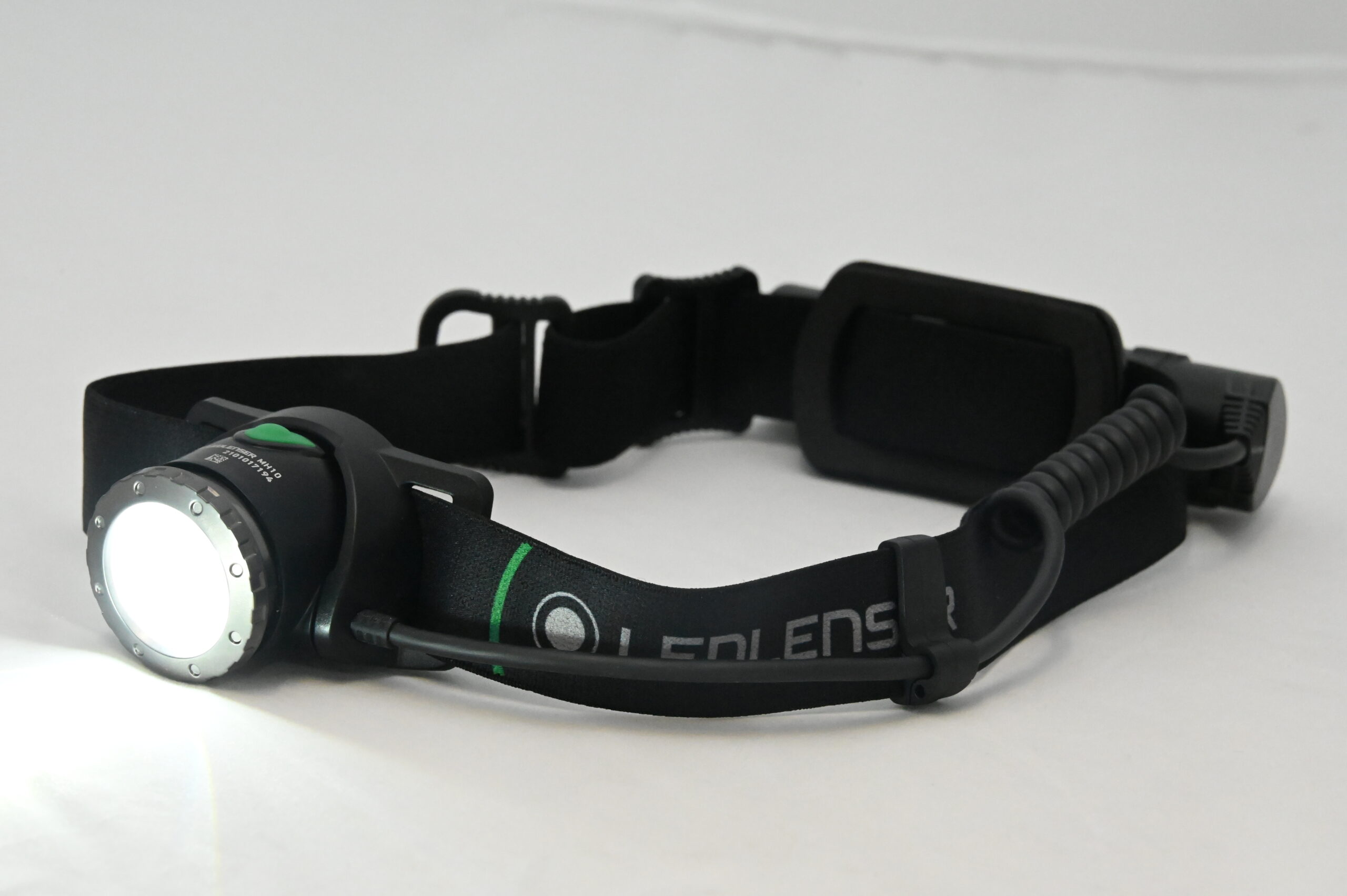
Other Solutions
Complete OR Packages
Save the headache of piecing together an operating room solution. Medical Aid International have created all encompassing operating room packages for LMICs and the disaster relief environment.
Patient Monitoring Solutions
Patient monitoring equipment is critical in ensuring that anaesthetised patients remain stabilised throughout the operating procedure – and intervening effectively when they don’t.

